Evaluation of Soybean Nodulation
April 30, 2025
Soybean requires approximately 3.5 lb of nitrogen (N) per bushel of grain produced.1 Nitrogen-fixing bacteria (Bradyrhizobium japonicum) form a symbiotic relationship with soybean, forming nodules on the roots. The bacteria can provide 50 to 90% of a soybean plant’s N requirements by “fixing” or converting gaseous atmospheric N into a form that can be utilized by the plant.2,3 This relationship has the potential to fix as much as three pounds of N per acre per day. In exchange for available N, the soybean plant provides the bacteria with the proper environment and an energy source.2 Since N is critical during pod development, scouting for nodule formation, function, and health that can help growers evaluate if beneficial N fixation is occurring naturally. The presence of nodules does not mean that they are actively working, so the health of a soybean crop is not necessarily determined by the number of nodules present on the roots. A crop can be healthy without proliferous nodulation. However, if the crop looks N deficient and poor nodulation is suspected, an evaluation should be made.
Nodule formation normally begins within a week following emergence. About five to six weeks after soybean planting is a good time to begin evaluating nodules, since the nodules should be large enough to be active by that time. A soybean plant with two or three trifoliate leaves (V2 or V3 growth stage) should have nodules with bacteria that are actively fixing N from the air (Figure 1). Five to seven nodules present on the taproot two weeks after emergence is an indicator of proper nodulation. By the time flowering begins (R1 growth stage), there should be about 12 nodules per inch of taproot.1 A properly nodulated soybean root should contain between 25 and 100 nodules.2 Nodule formation should continue to increase and generally will peak between the R2 and R5 growth stages (full flower and beginning pod fill, respectively).1 An individual nodule is usually active for about six to seven weeks, and they are continually replaced during the growing season.
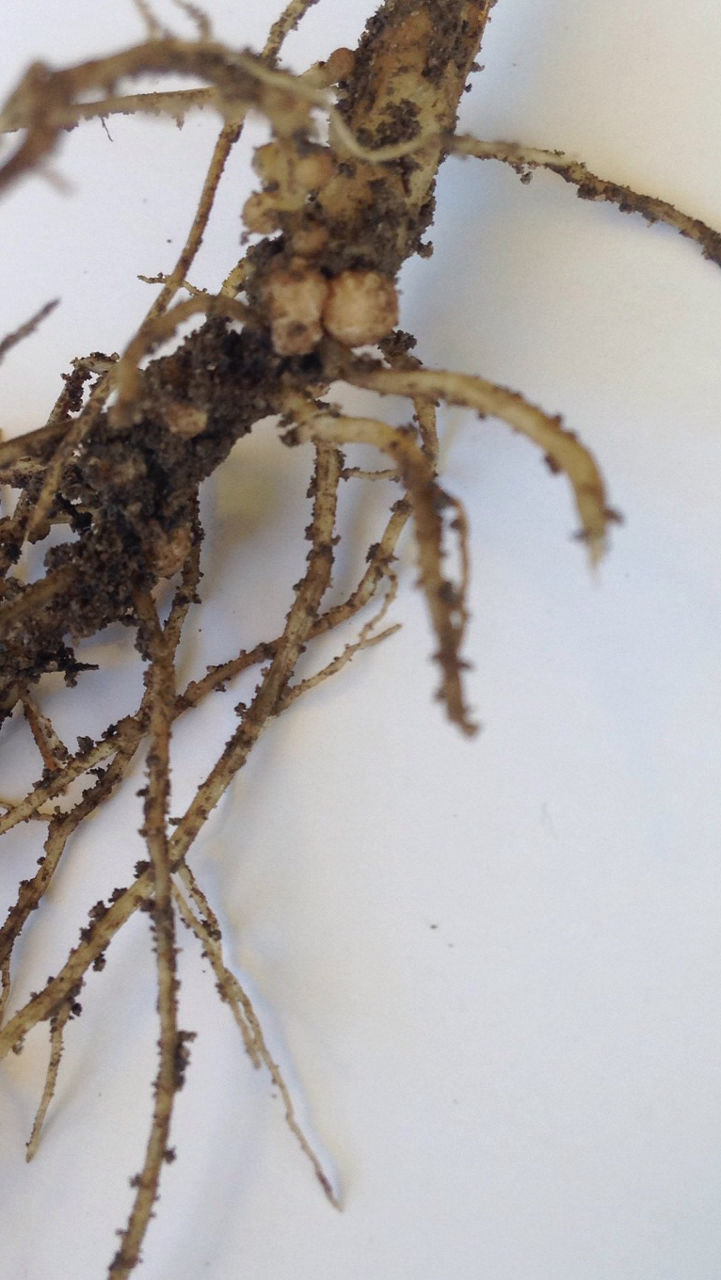
Evaluating Soybean Nodule Numbers and N-Fixing Activity Based on Appearance
Table 1. Assessing the nitrogen fixing activity of nodules on a soybean root based on interior color.1

Proper Soybean Root Digging Technique
The root system needs to be as undisturbed as possible, so carefully dig up 10 plants from each field and place in a bucket of water to remove soil from the roots. Do not pull the soybean plant as this can inadvertently remove nodules from the root system. Record sampling location, field conditions (soil moisture, ponding, etc.), plant growth stage, general plant health, and nodule numbers. Cut open or crush the nodules and record interior colors. Potential reasons for different nodule numbers, sizes, and interiors are indicated below. Nodules formed along the taproot are likely a result of inoculation at seeding, while nodules formed on lateral roots are probably due to Rhizobium that was already present in the soil.
Low Nodule Number (20 or Less)3
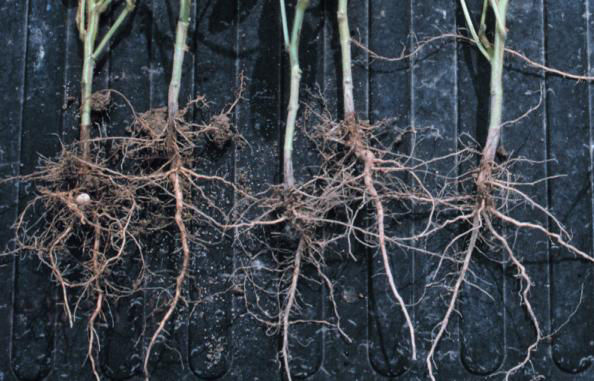
Causes:
- Soil nitrogen levels are high.
- First time soybean is being grown in a field.
- Field was flooded after the last soybean crop.
Considerations:
- Plant-available N in the field is suppressing nodulation.
- Rescue N should be applied, if needed, in accordance with local recommendations.
- Evaluation may be too early – resample in one week.
Small Nodule Size (4 mm or Less)3
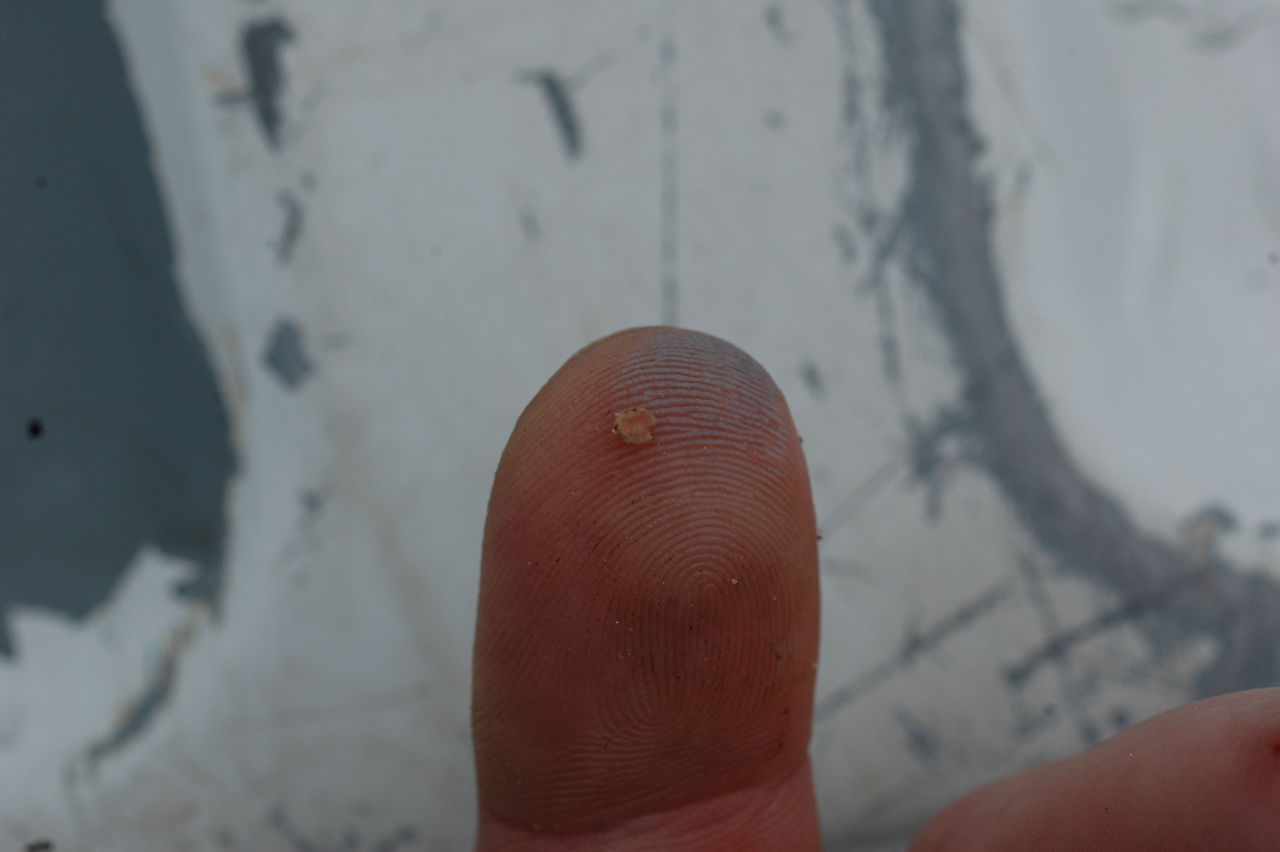
Causes:
- Immature, may or may not be fixing N.
- Could increase in size or may be small because of supplemental N.
- Certain bacterial strains naturally form smaller nodules.
Considerations:
- Resample in one week.
- In a supportive environment, number and size should increase until the R5 growth stage.
White Nodule Interiors
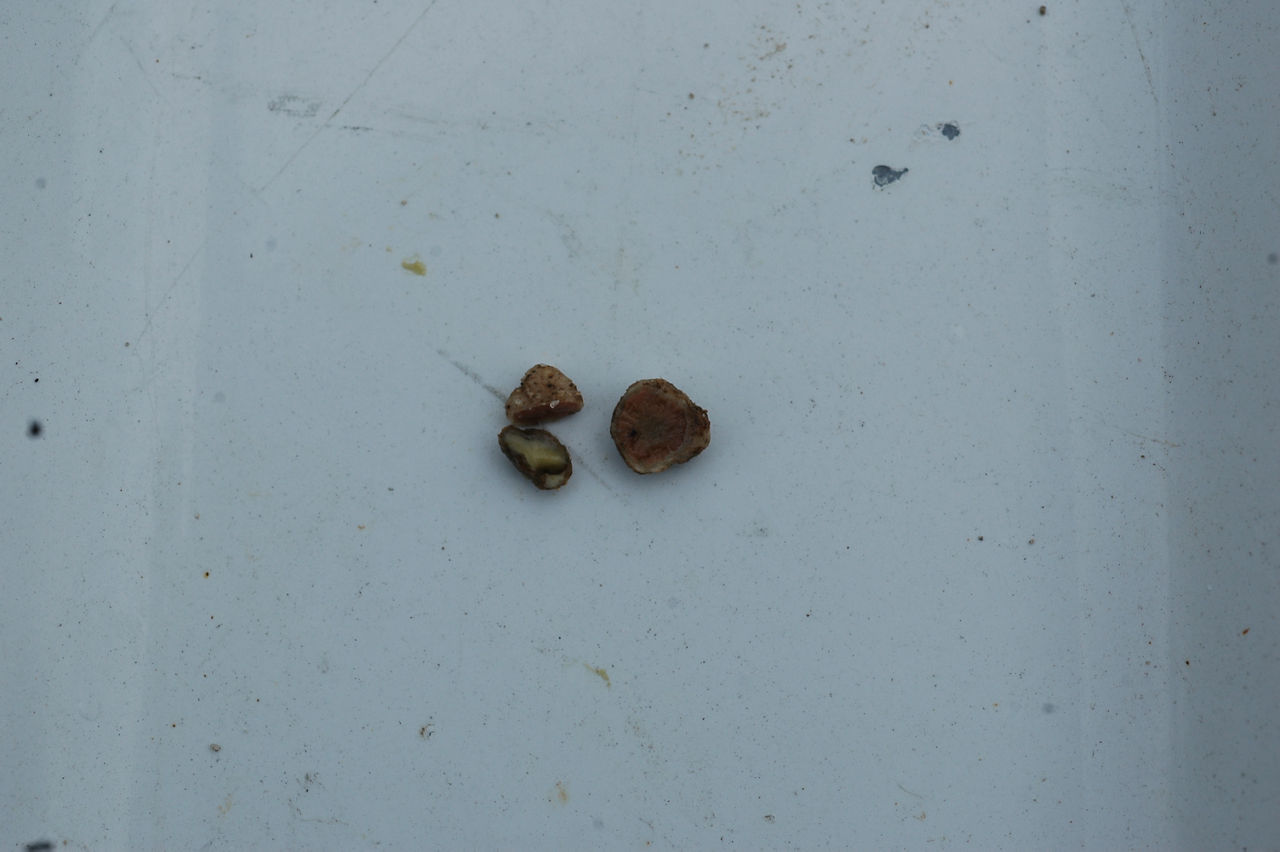
Causes:
- Immature, and have not begun fixing N.
Considerations:
- Resample in one week.
- Nodules continue to develop until the R5 stage.
Black or Brown Nodule Interiors
Causes:
- Inactive, rotted, or dead.
Considerations:
- Fields may have flooded after nodules formed.
- Soils saturated for at least three days.4
Green Nodule Interiors
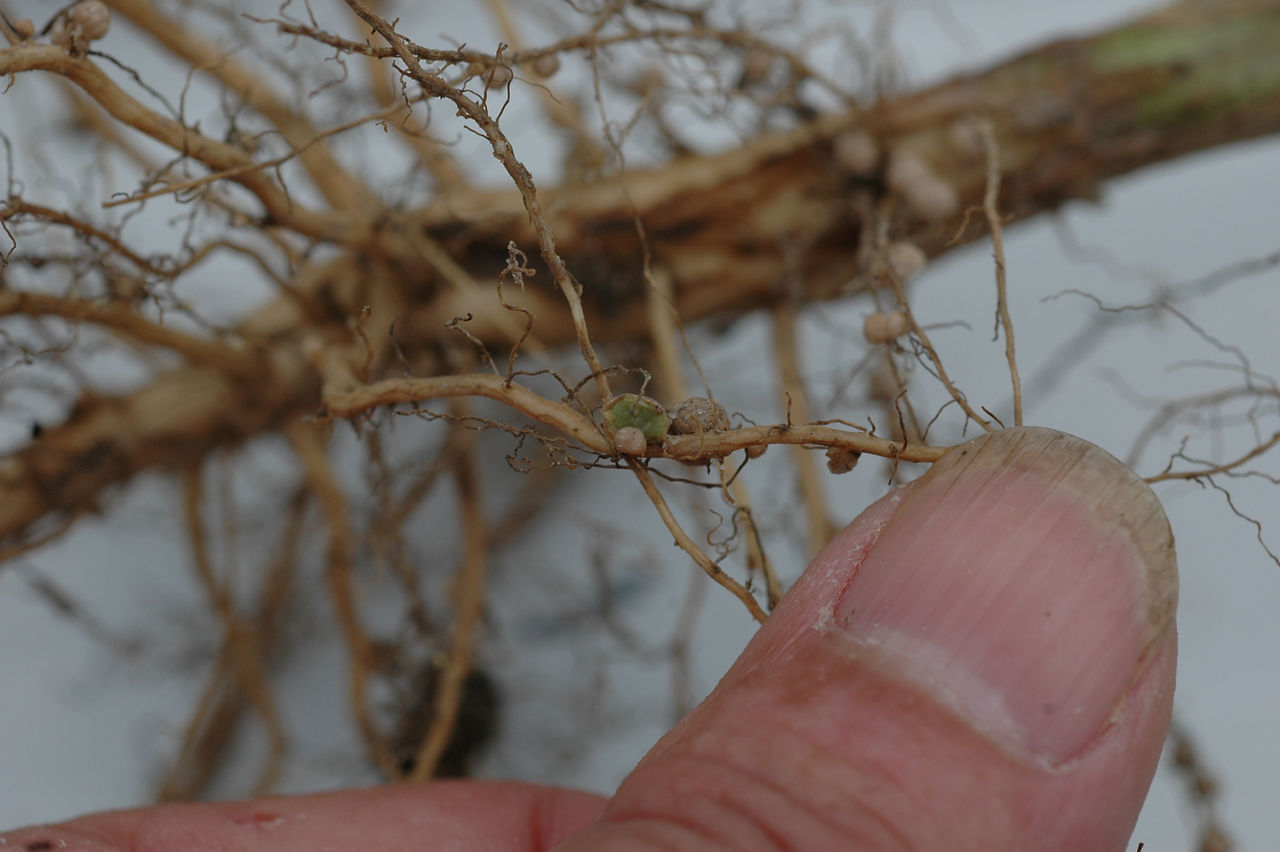
Causes:
- Inactive, lack of leghemoglobin (a pink protein).
Considerations:
- Leghemoglobin levels drop after early pod development stage, and nodule greening indicates physiological maturity.5
- May also indicate saprophytic nodules.
Empty Nodule Cases
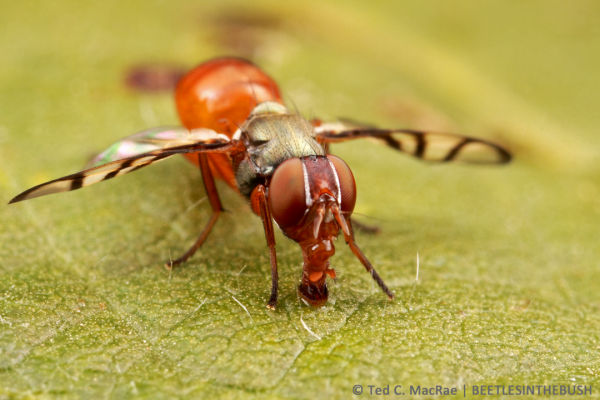
Causes:
- Feeding by the larvae of soybean nodule fly or bean leaf beetle.
Considerations:
- Seed treatments for bean leaf beetle may help protect early nodulation by reducing the adult population.
Causes of Poor Nodulation
- Improper soil pH
- Ideally, soil pH should be between 6.0 and 7.0, but no higher than 8.0. If pH is below 6.5, the addition of molybdenum will aid in symbiotic infection and nodulation. This correction needs to occur with seed treatment or very early seedlings (V1 stage).
- Planting soybeans in a field without previous soybean history, or without soybean for a long period of time.
- Residual soil N greater than 40 lb N/acre.
- Improper storage of inoculant.
- Be sure to store inoculant in a cool place, out of direct sunlight.
- Flooding or very saturated soil lasting seven days or longer can create anaerobic conditions which are detrimental to Rhizobia.
- Compacted soils limiting available oxygen.
- Drought conditions have occurred. Dry soil can reduce rhizobia populations.1
Not to Be Confused With Nematode Cysts
Soybean cyst nematode (SCN) cysts will be smaller (size of a pinhead), lemon-shaped, and change in color from white to yellow, then to tan or brown. There may be fewer nitrogen fixing nodules on a SCN infested crop.6 Aboveground symptoms of SCN may be similar to nitrogen deficiency but may appear related to equipment entry and operations in a field.
In Conclusion
Belowground scouting in soybeans is beneficial, especially in fields displaying lighter green foliage. Examining the interior colors of nodules indicates their ability to fix N and be the liaison between soil fertility and pods full of soybeans.
Sources
12023. Evaluating nodulation in soybeans. PennState Extension. https://extension.psu.edu/evaluating-nodulation-in-soybeans
2Lofton, J. and Arnall, B. 2017. Understanding soybean nodulation and inoculation. Oklahoma State University Extension. https://extension.okstate.edu/fact-sheets/understanding-soybean-nodulation-and-inoculation.html
3Staton, M. 2011. Evaluating soybean nodulation. Michigan State University Extension. https://www.canr.msu.edu/news/evaluating_soybean_nodulation
4Staton, M. 2014. Identifying and responding to soybean inoculation failures. No-Till Farmer. https://www.no-tillfarmer.com/articles/2418-news---identifying-and-responding-to-soybean-inoculation-failures
5Pfeiffer, N.E., Torres, C.M., and Wagner, F.W. 1982. Proteolytic activity in soybean root nodules: Activity in host cell cytosol and bacteriods throughout physiological development and senescence. Plant Physiology. 71(4): 797–802. https://www.jstor.org/stable/4267933
6Giesler, L.J. and Wilson, J.A. 2011. Soybean cyst nematode: Identification and management. University of Nebraska–Lincoln Extension, NebGuide. G1383. https://extensionpubs.unl.edu/publication/g1383/2011/pdf/view/g1383-2011.pdf
Web sources verified 4/21/2025. 1313_128286